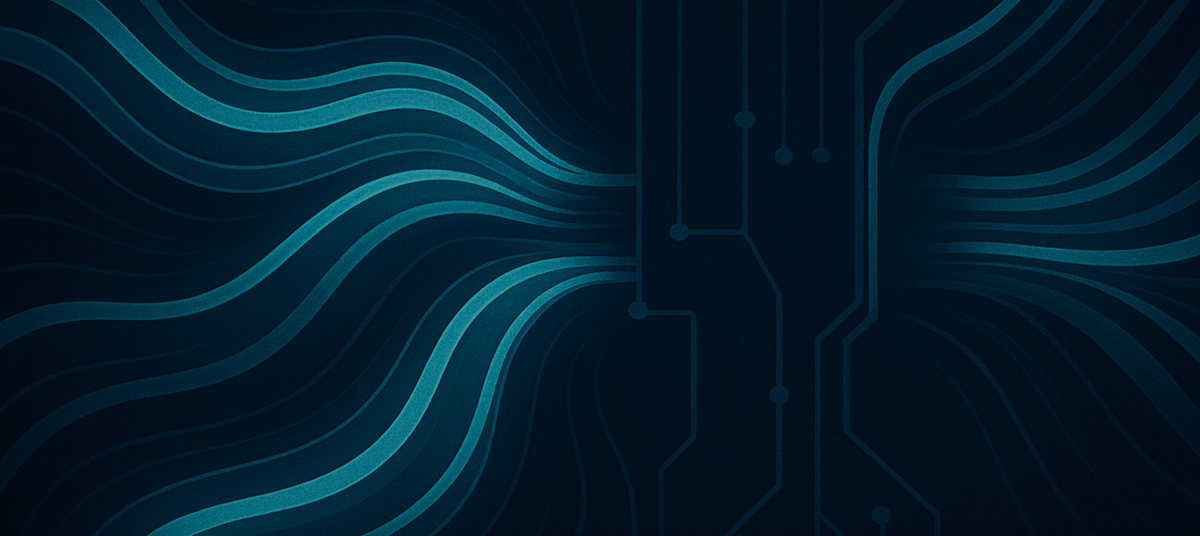The New Art of Orchestrating Change

In the AI era, flow must evolve.
The challenge is no longer just removing friction. It’s orchestrating change amid accelerating technological shifts.
The New Shape of Work
AI is changing the shape of work faster than most organizations can integrate it. What once were stable workflows now bend and reform daily. A design team experiments with generative tools that reshape creative cycles overnight. Data science teams introduce models that automate decisions, but new review loops appear around ethics, validation, and trust. Operations gain speed, yet human judgment becomes a scarce resource that must be applied with precision.
Change used to be an event. Now, it’s a constant state.
And without a new approach to flow, change itself becomes the bottleneck.
From Removing Friction to Orchestrating Transformation
In traditional Agile thinking, we look for impediments and remove them. We visualize work, limit WIP, optimize handoffs, and improve predictability. But when technology itself becomes a moving target, when capabilities shift week to week, friction is no longer something we simply remove. It’s something we must navigate in motion.
Flow in the AI era is about adaptation velocity: how quickly an organization can sense, interpret, and realign itself as the ground changes. The system that wins is the one that can learn faster than the rate of disruption.
The Coach as Transformation Conductor
This is where Agile coaches evolve from facilitators into transformation conductors; professionals who tune the rhythm of organizational change so innovation doesn’t dissolve into chaos.
Their craft expands:
- Sense-making: Helping teams interpret what AI means for their work, what problems are worth automating, and what remains essentially human.
- Constraint Mapping: Detecting where new forms of waste, bias, or over-automation appear and adjusting flow boundaries to protect coherence.
- Cadence Design: Creating rhythms of reflection and recalibration that keep learning continuous even as delivery accelerates.
- System Stewardship: Guarding against fragmentation by ensuring AI adoption enhances, not fractures, the overall value stream.
The coach’s role becomes less about teaching ceremonies and more about orchestrating evolution.
Balancing Innovation and Stability
AI brings immense potential but also turbulence. Too much exploration everywhere, and the organization loses its center of gravity. Too much control, and the creative potential of AI is smothered.
Flow becomes the balancing field between the two.
It channels curiosity without letting chaos take root.
It gives teams the confidence to experiment, knowing there’s a rhythm that will hold them.
The Next Practice of Flow
Flow 2.0 is not static. It’s alive.
It senses its own state. It flexes to accommodate new constraints. It understands that learning is delivery now.
The question isn’t “How do we keep things the same while AI changes everything?”
It’s “How do we stay the same kind of alive as change itself?”
That is the work of the transformation agent.
That is the new practice of flow.
At Boston Agile Labs, our coaches help organizations navigate the AI transformation with intention and integrity. We don’t chase the latest tools, we cultivate the conditions for lasting flow. That means integrating AI in ways that honor Lean thinking, Agile principles, and the humanity at the center of every system. Our work blends modern change management with deep organizational design, helping teams experiment safely, align around purpose, and evolve without losing what makes them human. If your organization is feeling the tension between innovation and stability, we can help you orchestrate your organization's next chapter with clarity, empathy, and flow.